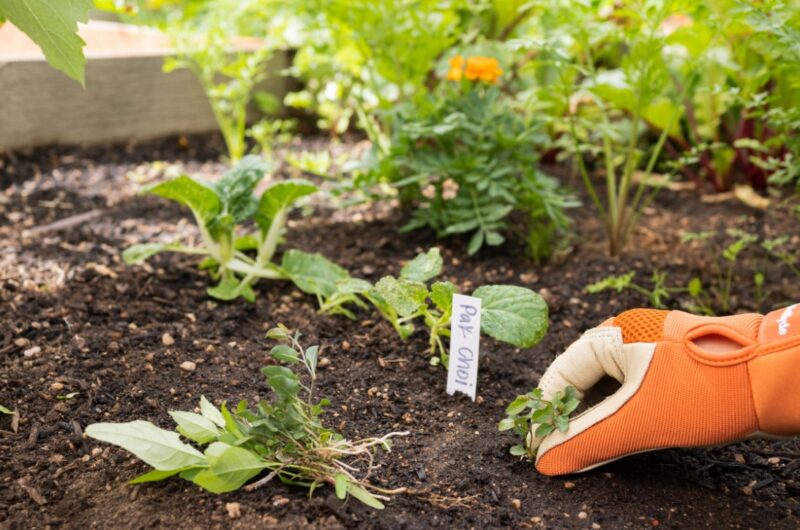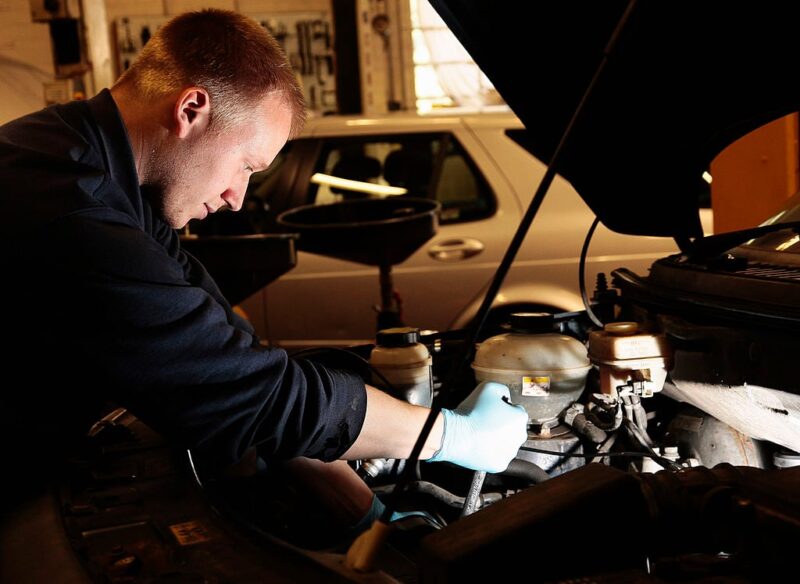Germinating herb seeds requires careful attention to several key factors to ensure successful growth. Understanding the optimal conditions for seed germination can significantly increase your chances of cultivating healthy and thriving herb plants.
Proper fertilization is key during the early stages of seedling development. Initially, seedlings do not require additional nutrients beyond what is in their starter mix. However, once they develop their second set of true leaves, a light application of a balanced, water-soluble fertilizer will promote healthy growth.
Use a half-strength solution to avoid nutrient burn, applying it every two weeks or according to the fertilizer’s instructions. This gradual introduction of nutrients supports robust growth without overwhelming the young plants.
This guide will walk you through the best practices for germinating herb seeds, covering everything from temperature and light to soil and moisture. Visit Organo Republic to purchase seeds online.
Disease Prevention
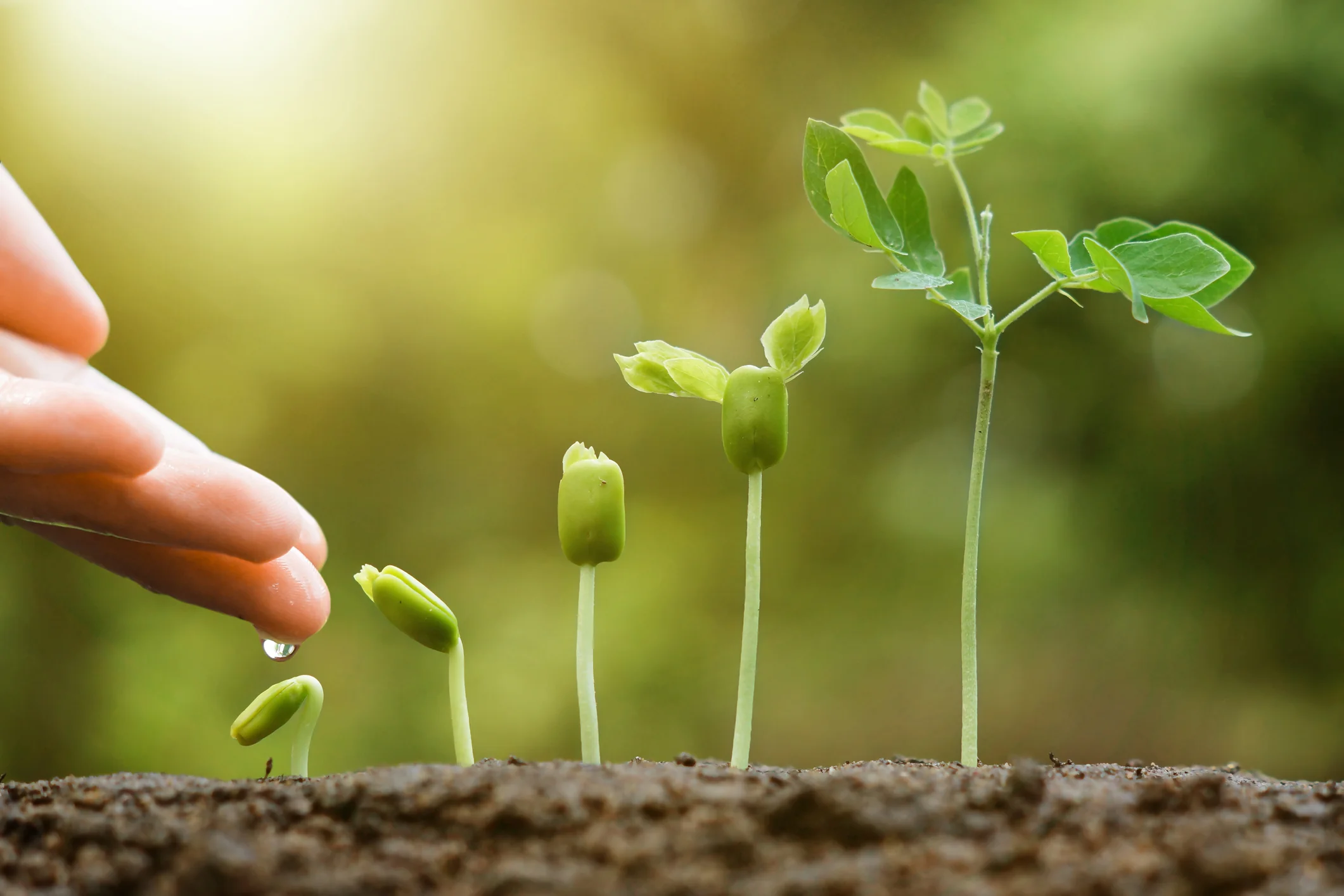
To ensure the health of your herb seedlings, it’s crucial to implement preventive measures against diseases. Good practices include rotating crops each year if planting in the same soil, using clean and sterilized pots or trays, and avoiding the reuse of soil that can harbor pathogens.
If you detect any signs of disease, such as discolored leaves or stunted growth, remove the affected seedlings immediately to prevent spread. Natural fungicides, such as neem oil or a baking soda mixture, can be used as preventive treatments.
Light Intensity and Duration Control
While seedlings need plenty of light, the intensity and duration should be carefully controlled to mimic natural conditions. If using artificial lights, consider timers to regulate light cycles, mimicking natural sunrise and sunset.
This helps in establishing a healthy circadian rhythm in plants, leading to better growth rates and stronger plants. Adjust the intensity of the lights based on the growth stage and type of herb; some may require brighter light than others.
Transitioning to Outdoor Growing
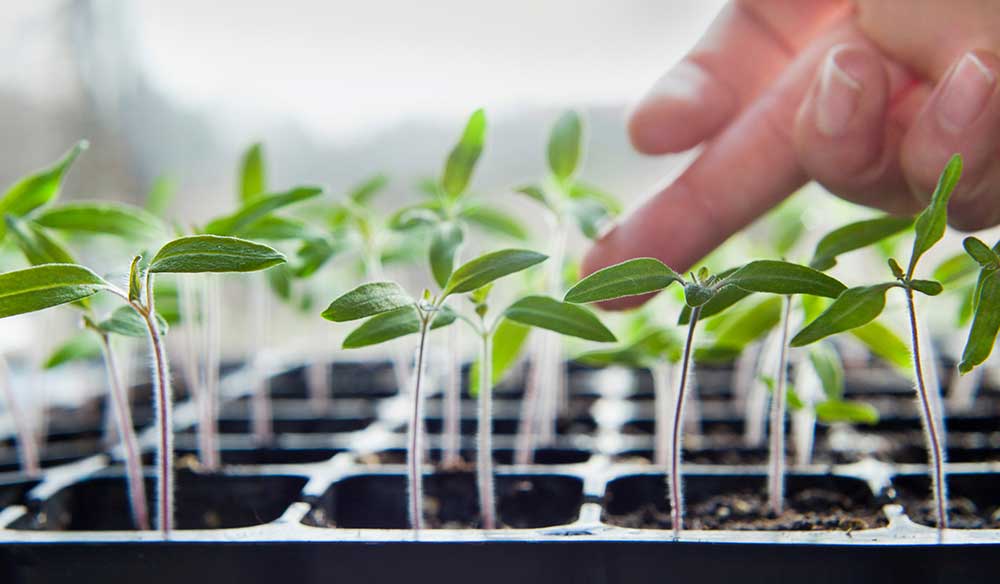
When it’s time to move your seedlings outdoors, choose a day that is overcast to reduce transplant shock. Gradually introduce your plants to direct sunlight over a period of several days to a week.
This process, known as hardening off, is crucial for acclimating plants to their new environment. Additionally, consider the placement of your herbs; some prefer full sun while others thrive in partial shade. Proper positioning based on the herb’s specific needs will enhance growth and yield once fully transitioned outdoors.
Temperature
Most herb seeds germinate best at temperatures between 60–75°F (15–24°C). Maintaining a consistent temperature within this range is crucial for encouraging seed sprouting.
Using Heat Mats
If you’re starting seeds indoors during cooler months, consider using a heat mat to provide consistent warmth. Place the seed trays on the heat mat and adjust the temperature according to the specific needs of the herb you are growing.
Avoiding Temperature Fluctuations
Keep seed trays away from drafts, cold window sills, or heating vents. Sudden temperature changes can stress the seeds and hinder germination.
Light
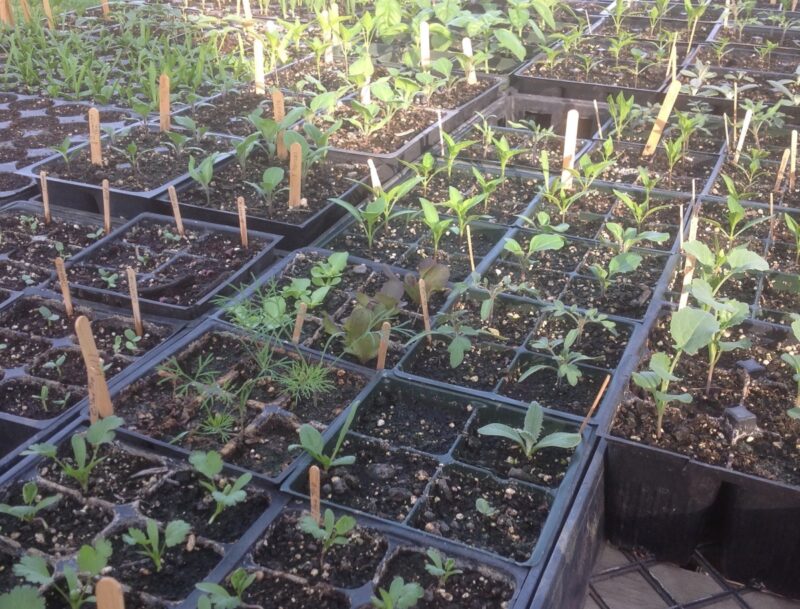
Light is essential once the seeds have germinated. Seedlings require at least 12–16 hours of light per day to develop strong and healthy growth.
Natural vs. Artificial Light
- Natural light ─ Place seed trays in a sunny window where they can receive ample sunlight. South-facing windows are ideal.
- Artificial light ─ If natural light is insufficient, use grow lights. Position the lights about 2–3 inches above the seedlings and adjust the height as the plants grow to maintain optimal light exposure.
Soil
Choosing the Right Soil Mix
Use a high-quality seed-starting mix that is light, well-draining, and sterile. Avoid using garden soil, which can be too heavy and may contain pathogens that could harm the seeds.
Making Your Own Mix
Create your seed-starting mix by combining equal parts of peat moss, vermiculite, and perlite. This mixture provides the right balance of moisture retention and drainage.
Soil pH
Most herbs prefer a slightly acidic to neutral soil pH, ranging from 6.0 to 7.0. Test your soil and adjust the pH if necessary using lime to raise it or sulfur to lower it.
Moisture
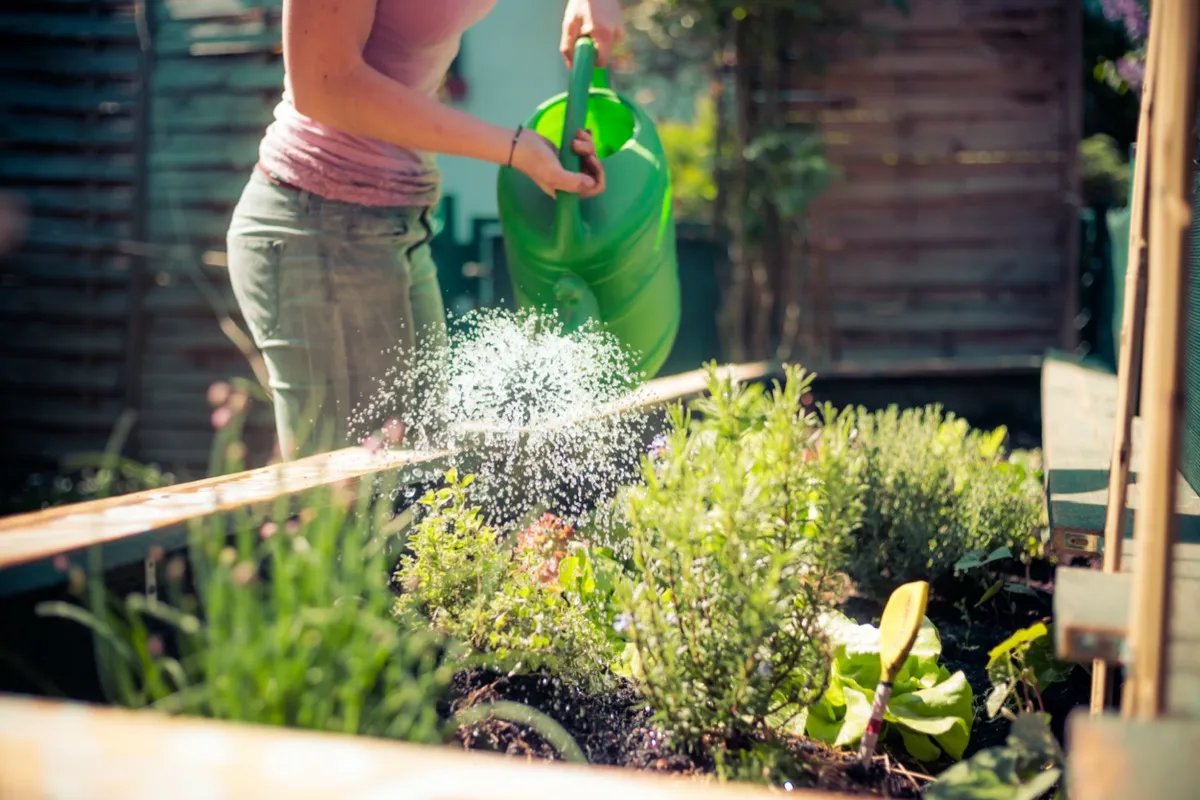
Maintain consistent soil moisture throughout the germination process. The soil should be evenly moist but not waterlogged.
Watering Techniques
- Misting ─ Use a spray bottle to mist the soil surface gently. This method is ideal for delicate seedlings to avoid disturbing the soil.
- Bottom watering ─ Place the seed tray in a shallow container filled with water. Allow the soil to absorb moisture from the bottom up, then remove the tray once the surface is moist.
Avoiding Overwatering
Overwatering can lead to fungal diseases like damping-off, which can kill young seedlings. Ensure your containers have drainage holes to prevent water buildup.
Humidity
High humidity levels can aid in seed germination. Cover seed trays with a plastic dome or plastic wrap to retain moisture and create a humid environment.
Ventilation
Remove the cover once the seeds have germinated to allow for air circulation and reduce the risk of mold and fungal infections. Gradually acclimate the seedlings to lower humidity levels.
Depth and Spacing
Planting Depth
Follow the seed packet instructions for the correct planting depth. As a general rule, plant smaller seeds shallowly (1/8 to 1/4 inch deep) and larger seeds deeper (1/2 inch deep).
Proper Spacing
Space the seeds according to the recommendations on the packet. Adequate spacing ensures that seedlings have enough room to grow and receive sufficient light and airflow.
Monitoring and Maintenance
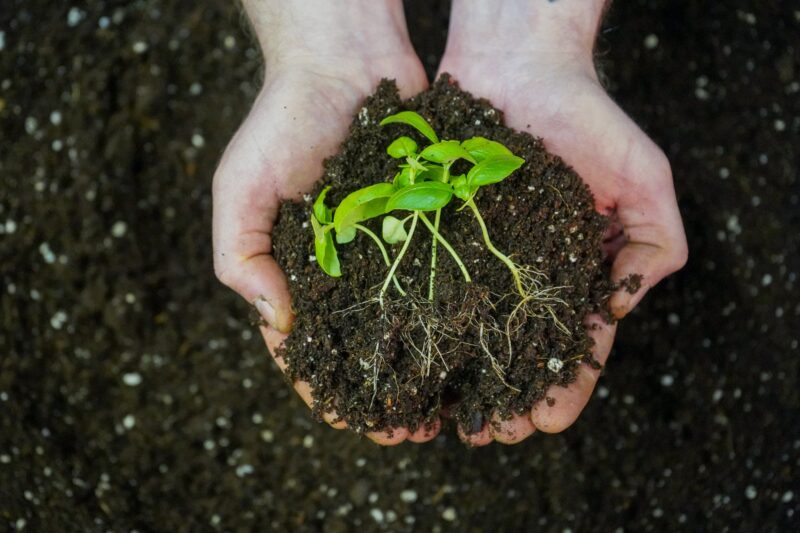
Regular Inspection
Check seed trays daily to monitor moisture levels, temperature, and overall seedling health. Promptly address any issues such as mold, pests, or dry soil.
Thinning Seedlings
Once seedlings have their first true leaves, thin them out to prevent overcrowding. Remove weaker seedlings to give the stronger ones more space to grow.
Hardening Off
Before transplanting seedlings outdoors, gradually acclimate them to outdoor conditions over 7–10 days. Start by placing them outside for a few hours each day, gradually increasing their exposure to sunlight and wind.
Conclusion
Creating the ideal conditions for germinating herb seeds involves careful attention to temperature, light, soil, moisture, and humidity. By providing the optimal environment, you can ensure successful seed germination and set the stage for healthy, thriving herb plants.
With patience and care, you’ll soon enjoy the rewards of your efforts in the form of fresh, flavorful herbs.

